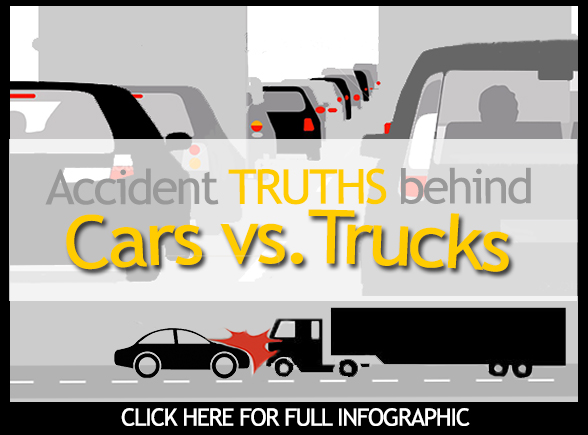An overweight truck driver went to visit his doctor about losing weight. After the usual doctor stuff, the doctor asked the driver about his eating habits. “Well Doc, I eat seven chocolate covered donuts and three apples every day and I just keep gaining weight.” The doctor replies, “You must reduce your apple intake to only two apples per day, that way we can decrease your calorie intake to lose weight.”
What kind of doctor would give their patient that advice? This is essentially what law enforcement has decided to do to trucking.
What? How is this situation anything like the doctor ignoring the chocolate covered donuts and focusing on the apples?
Phil Byrd, President of Bulldog Hiway Express based in South Carolina, spoke to the Commercial Vehicle Safety Alliance (CVSA), which is composed of law enforcement agencies nationwide, on April 23, 2013. He asked them to focus more on the unsafe behaviors of both commercial and non-commercial drivers in order to increase safety on the road.
“About 90% of crashes are the result of driver error or unsafe driver behaviors, and only about 10% are attributed to vehicle factors,” said Byrd. “With this in mind, we must commit ourselves to focusing on appropriate and effective countermeasures that will impact driver behavior.”
Byrd questioned law enforcement agencies, asking why they were reducing the amount of traffic enforcement in favor of increased roadside inspections of trucks and driver credentials. “I think most would agree that examining credentials is not the most effective way to discourage unsafe driving behavior.” Visible, on-road enforcement of traffic laws yields far better results. In fact, a study published by the Federal Motor Carrier Safety Administration (FMCSA) in 2011 said just that. Specifically, in terms of crashes avoided, and lives and injuries saved, the benefits of traffic enforcement, coupled with some inspection activity, was about three times more effective than roadside vehicle inspections. This finding is consistent with my earlier observation about driver behavior being responsible for the vast majority of crashes.
Byrd also asked CVSA to address the role of passenger vehicles in accidents, specifically fatal crashes. “80% of fatal truck crashes involve another vehicle, usually a passenger vehicle." Click on the button below to see more "
accident truths behind cars vs. trucks."

Byrd followed with, “Recognizing that 80% of fatal truck crashes are two-vehicle crashes and at least 70% of those are initiated by other motorists, we must admit that focusing almost exclusively on the condition of trucks and the behavior of truck drivers will be minimally effective in reducing fatal truck crashes. We must increase our emphasis on the unsafe behavior of those operating around trucks, both through enforcement and education. Said another way, changing the unsafe behaviors that cause the majority of truck-involved crashes must play a greater role in MCSAP and FMCSA’s programs if we are to achieve the safety outcomes we all want.”
What I believe Phil Byrd is saying is the government doctor has his focus all wrong. The daily food that consists of 70% donuts is the problem not the 30% apples. But it appears that monetary fines for stops with inspections (read donuts here) are much higher than for stops without inspections (read apples here).
Numbers don’t lie. So I ask you, are roadside inspections alone, getting to the issue of safety for drivers?